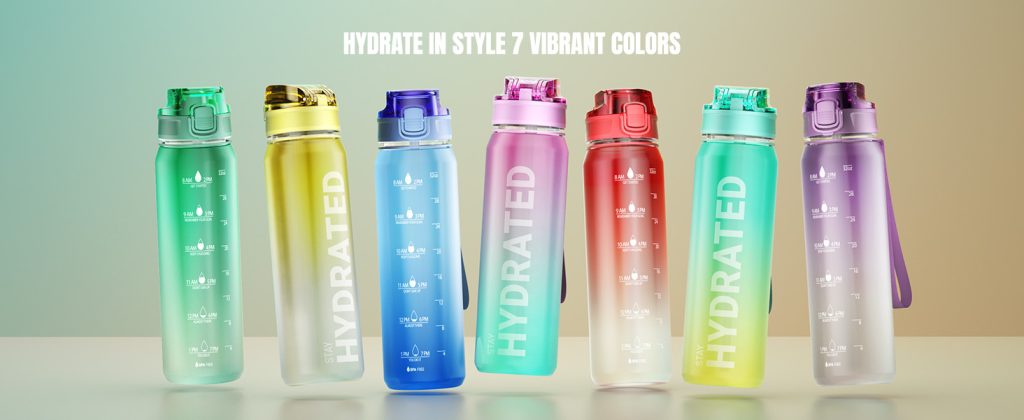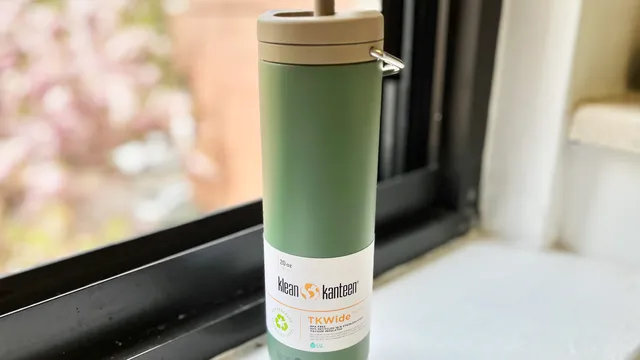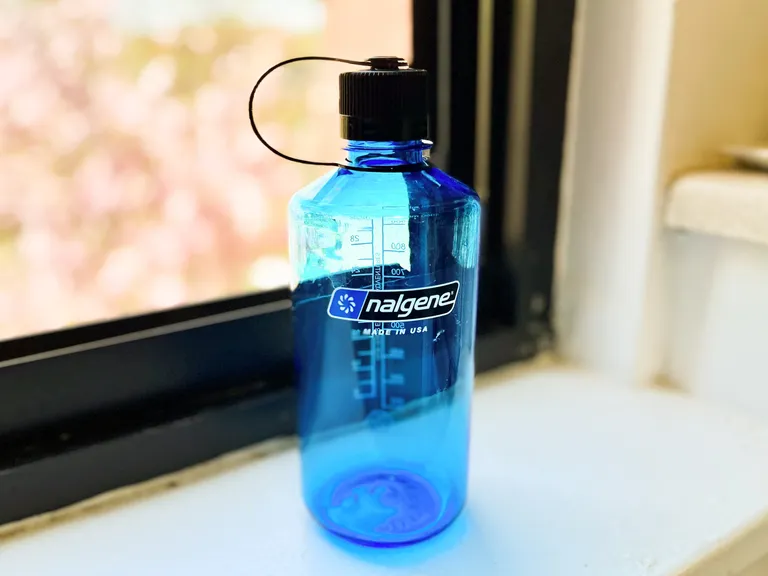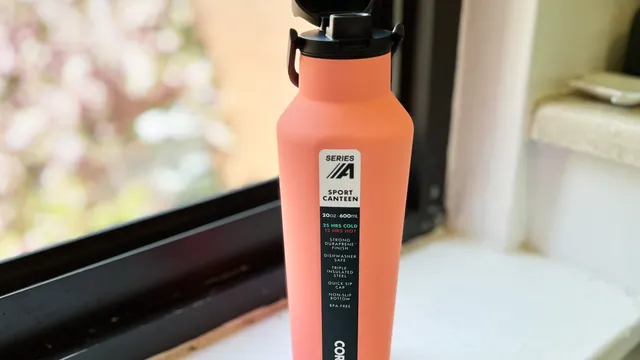How to Plant a Tree: A Step-by-Step Guide
How to Plant a Tree: A Step-by-Step Guide
Planting a tree in your yard is a rewarding and environmentally beneficial task. In this guide, we’ll walk you through each step of the process to ensure your tree thrives for years to come.
Why Plant a Tree?
Planting a tree provides numerous benefits to both the environment and your property. Trees help absorb carbon dioxide, reduce soil erosion, and provide shelter for wildlife. In addition, they can improve your home’s curb appeal and even increase property value.
Step 1: Choose the Right Tree for Your Area
Consider Climate and Soil Conditions
Before planting, make sure to select a tree species that is well-suited to your local climate and soil conditions. Some trees thrive in colder climates, while others are more suited for warmer areas. You can consult with a local nursery to find the best options for your region.
Popular Tree Options
Some common tree options for residential planting include oak, maple, and pine trees. Make sure to choose a tree that fits your yard’s size and aesthetic preferences.
Step 2: Prepare the Planting Site
Select the Right Location
Choose a location that receives adequate sunlight and has enough space for the tree to grow. Avoid planting too close to buildings, power lines, or other trees.
Digging the Hole
The hole should be about twice as wide as the root ball of the tree and deep enough to accommodate the roots without crowding them. Make sure the soil is loose and well-drained to promote healthy root growth.
Step 3: Plant the Tree
Once the hole is ready, carefully place the tree into the hole, making sure it is straight. Fill the hole with soil, gently packing it around the roots. Be careful not to bury the tree too deeply, as this can lead to root rot.
Step 4: Care for Your New Tree
Watering and Mulching
Water your tree thoroughly after planting, and continue to water it regularly, especially during dry periods. Mulching around the base of the tree helps retain moisture and protect the roots.
Pruning and Monitoring Growth
Regularly check your tree for any signs of disease or pests. Prune the tree as necessary to remove dead branches and encourage healthy growth.
Conclusion
By following these simple steps, you can successfully plant and care for a tree in your yard, contributing to a greener, healthier environment for years to come. Happy planting!
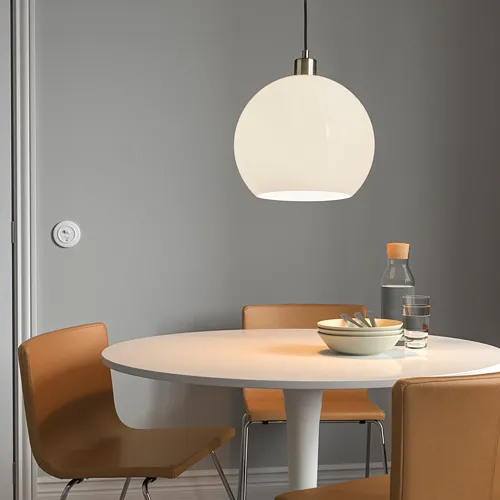
How To Choose Ceiling Lights
Ceiling lights, or fixtures that are mounted flush with the ceiling as opposed to hanging lights like pendants or chandeliers, are the oft unsung heroes of the ambient lighting category. While certain rooms can make use of ambient lighting from other types of fixtures, every home has areas where ceiling lights are the best (and sometimes only) fixture for the job.
The best method for layering light effectively in any room involves mixing and matching different types of lighting fixtures to create a lighting design that fulfills all the needs of that room. Each room needs a thoughtful mix of ambient lighting, task lighting, and accent lighting.

- Task lighting, often fulfilled by pendants or adjustable floor lamps, aims light directly at your workspace.
- Accent lighting like picture lights, draws attention to the unique decor and architectural features of your room.
- Ambient lighting, including ceiling lights, creates a base layer of light that fills and brightens a room. When a room has the proper general ambient lighting, the other lighting layers become more effective, and the room is much more pleasant to use since harsh shadows and eyestrain are all reduced.
With the tips laid out in this guide, you can face your latest lighting project like a pro and pinpoint exactly what style of ceiling light you’ll need and the best ceiling light placement for every room of your home!
Types Of Ceiling Lights
On the surface, ceiling lights present a simple, unfussy solution for ambient lighting needs. But a few common mistakes can leave your room dim and uninspired, and can make your search for a ceiling light unexpectedly difficult. Knowing the differences among types of ceiling lights will help you choose the ceiling light fixture that is best suited to your space.
Flush Mount Lights vs. Semi-flush Mount Lights
There are two primary types of ceiling lights: flush mount ceiling lights and semi-flush mount ceiling lights. Flush mount ceiling lights are fixtures installed with little or no space between the body of the light and the ceiling— hence the name.
Semi-flush mount ceiling lights are mounted with a space between the body of the fixture and the canopy; they are usually suspended from a short chain or down rod and can lend the effect of a chandelier or lantern. Both are types of close-to-ceiling lights that provide ambient lighting to a room, but each type of fixture is best suited to a specific task and type of room.
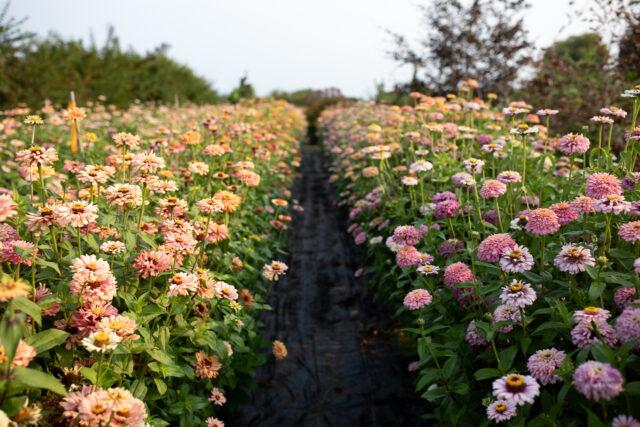
How to Grow Zinnias
Zinnias are one of the easiest cut flowers to grow. They are the perfect first crop for beginning gardeners and are reliable, prolific producers no matter where you garden.
In addition to churning out buckets and buckets of beautiful, long-stemmed blooms that are perfect for cutting, they are well-loved by pollinators.
Zinnias resent cold weather and prefer to be planted after things have warmed up a bit.

Many gardeners in warmer parts of the world are able to successfully direct-seed zinnias straight into the garden, but here in cool Washington we start our plants early in the greenhouse, 4 to 6 weeks before our last spring frost.
Plants are then tucked into the field once the weather has sufficiently warmed and all danger of frost has passed.
Like every flower grown on our farm, we try to give them the best start possible and prepare our planting beds with a generous dose of compost and organic fertilizer. Learn more about soil preparation here.
How to Grow?
Once planting beds are prepared, we lay down drip irrigation lines and then cover the beds with a layer of preburned landscape fabric. Using fabric is not necessary for success, but here on the farm, we use it to increase heat and suppress weeds.
Plants are spaced 9 to 12 in (23 to 30 cm) apart and watered deeply one to two times per week depending on the weather. If given good soil and a steady supply of water, plants can get huge and will require some type of support.
If grown in long rows, plants can be corralled by pounding heavy stakes or T-posts around the perimeter of the bed and using bailing twine to create a string-lined box to hold the plants upright. If you’re growing zinnias in your garden beds, individual plants can be tied to stakes with twine.
The secret to getting the most abundant flower production and longest stems from your zinnias is pinching them when they are young. When plants are 8 to 12 in (20 to 30 cm) tall, take sharp pruners and snip the top 3 to 4 in (7 to 10 cm) off the plant, just above a set of leaves. This signals the plant to send up multiple stems from below where the cut was made.
During spells of hot, dry weather, zinnias are prone to powdery mildew. Providing good airflow around the plants and making sure that they aren’t experiencing any drought stress will help minimize disease pressure.

We’ve found that preventatively spraying a mixture of Cease and MilStop (both organic fungicides) every 7 to 10 days keeps it at bay.
If you’re not regularly harvesting your zinnias, be sure to deadhead any spent blooms to help focus the plant’s energy on producing new flowers and not going to seed.
Zinnias need to be picked when they are fully ripe or they won’t last in the vase. To tell whether a zinnia is ready to harvest, use the “wiggle test.” Simply grab the stem about 8 in (20 cm) down from the flower head and gently shake it. If the stem is droopy or bends, it is not ready to cut. If the stem is stiff and remains erect, it is ready to harvest.
Why Grow Zinnias?
Zinnias are considered a “dirty” flower and benefit from a drop or two of bleach in their water. Flowers are very cold sensitive, so don’t put them in the cooler. If floral preservative is added to the water, zinnias should last about a week in the vase.
I’ve been growing zinnias since the very beginning, and every year I fall more and more in love with them. If you want to see all of my favorite varieties, check out the zinnia section of the Floret Library.

I would love to hear about your experience with this wonderful group of plants. Do you grow zinnias or plan to add them to your garden this coming season? If so, what are your favorite varieties, or what new treasures are you adding to your wish list?
Wired Headphones Review
Introduction
Wired headphones have long been a classic choice in the audio world, offering unparalleled sound quality and reliability. Whether you’re a music enthusiast, a gamer, or a professional needing dependable audio for work, wired headphones provide a consistent and high-fidelity listening experience.
Key Features
Superior Sound Quality: Wired headphones deliver clear and crisp audio, making them ideal for music enjoyment, movie watching, or gaming.
Low Latency: Unlike wireless headphones, wired options have virtually no latency, ensuring that audio and video remain perfectly in sync.
Durability: Constructed with high-quality materials, wired headphones are built to withstand daily wear and tear.
Wide Compatibility: Wired headphones work seamlessly with a variety of devices, including smartphones, tablets, computers, and gaming consoles.
Why Choose Wired Headphones?
Consistent Performance: With no need for batteries or charging, wired headphones offer reliable performance without interruptions.
Affordability: Generally more cost-effective than their wireless counterparts, wired headphones provide excellent value for your investment.
Ease of Use: Simply plug them in and play—no need to worry about pairing or connectivity issues.
Popular Models
Model A: Renowned for its exceptional sound quality and comfortable design, Model A is perfect for long listening sessions.
Model B: Featuring a robust build and noise-canceling capabilities, Model B is ideal for gamers and professionals alike.
Model C: A budget-friendly option that doesn’t compromise on audio quality, making it a great choice for everyday use.

Conclusion
Wired headphones remain a popular choice for those who prioritize sound quality, reliability, and ease of use. With a wide range of models available, there’s a wired headphone option to suit every need and budget.
What factors should be considered when you buy a smartphone?
Factors to Consider While Buying a Smartphone.
Before deciding on the specific type of smartphone we will be purchasing when the need arises, it is pertinent to take into account several factors.
These elements to put into serious consideration include:
1. Display
- Depending on how you use your smartphone and what you constantly use it for, the display’s size and resolution may vary.
- There is no doubt that manufacturers place a lot of focus on the display of their smartphones—and for good reasons, as seen by the iPhone’s retina display and HTC’s Super LCD panels.
- When you switch on the phone, the display is the first thing you see. As a result, manufacturers are concerned about the quality of the screen in addition to its size. Display technology and resolution are two important elements that affect how well a display is made.
- A display between the sizes of 5.5 and 6 inches with full-HD or QHD resolution should be adequate for you if you frequently stream videos, edit images or videos, or download and watch movies.
2. Battery Life
- This function has more weight when choosing a smartphone. You essentially have what is sometimes referred to as BLA, or battery life anxiety, if you own an iPhone.
- It occurs when you are continually searching for a wall outlet, laptop, or power bank to charge your phone. Your phone occasionally seems to run out of battery right when you need it most.
- So, while shopping for a new phone, be sure to consider the battery’s capacity. Don’t settle for anything less than 3000 mAh. Now that battery life is critically important, phone manufacturers are packing bigger batteries into their devices.
- Typical phone batteries have a starting capacity of around 700 mAh and a maximum capacity of 5,000 mAh.
3. Storage
The OS and the pre-installed programs on a smartphone take up a significant portion of the device’s capacity.
A 16GB, 32GB, 64GB, or more truly does not come with the exact space specified. Choose 32GB of storage if you like to have fewer apps on your devices.
Users who wish to retain more applications can choose the 64GB or 128GB storage options. A 16GB model with microSD card capability is also available, meaning its storage capacity can be extended.
4. Security
Nowadays, the majority of smartphones include additional security measures like fingerprint or iris scanners. These are used as passwords to access particular files, documents, or apps in addition to locking and unlocking a phone.
Even a smartphone at the high end may be obtained with a fingerprint sensor, but iris scanners are still uncommon. Since most people now carry smartphones with personal information on them, it is advisable to get a smartphone with these added security features.
5. Build
A smartphone’s build determines its durability. Metal and plastic construction make up the majority of the handset market.
Some even have glass-coated panels, but there are relatively few of those. It is advised to choose a metal or plastic-built smartphone if you are one of those people who drop their smartphones frequently but mistakenly. These metal and plastic-built ones can sustain drops from 2-3 feet, while glass-based handsets are sure to shatter.
6. Processor
A smartphone’s processing power varies from one device to another depending on several variables, including the Operating System version, user interface, bloatware, and more.
Smartphones with Qualcomm Snapdragon 652 or Snapdragon 820/821 should enable seamless multitasking for heavy users who frequently use apps in split screen mode, play demanding games, stream videos, and edit images, videos, and documents online.
Mobile devices featuring MediaTek processors will satisfy light users, who don’t do all this heavy-duty work with their phones.
7. Camera
It does not matter if the camera will be used to register nice and personal moments or may have a professional function. Choosing a good smartphone camera is one of the first things people consider before buying a new cell phone.
A decent camera should meet several criteria, including megapixels, pixels, ISO levels, autofocus, and others. A casual photographer can choose a camera with a lower megapixel number and speed shots that are slightly slower as opposed to a photography enthusiast who must choose a greater megapixel number and the shot’s speed regardless of the light level.
8. Price of the smartphone
The price of the smartphone, which is the deciding factor for all the others, is last but not least. All the aforementioned requirements must be met by a new smartphone, together with a reasonable price, depending on your budget

